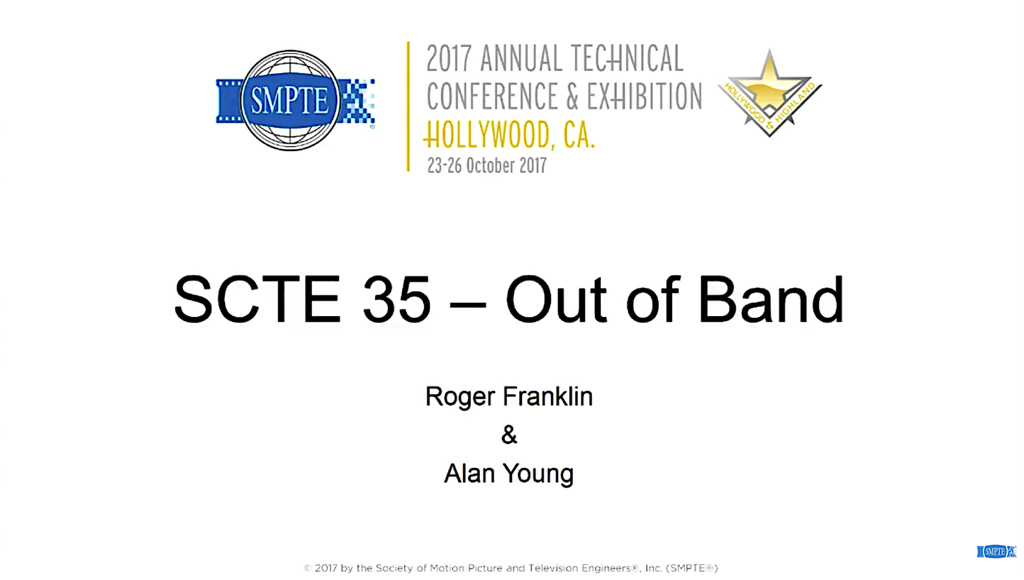A great look at SCTE35 and how it’s used from Roger Franklin and Alan Young, CEO and COO at Crystal given at the SMPTE Conference 2017.Watch Now.
SCTE 35 – “Digital Program Insertion Cueing Message for Cable” – is routinely used to identify the location and composition of programming content and advertising breaks in linear television for OTT providers and has been for a long time.
SCTE 35 specifies metadata that can be inserted into the MPEG-2 Transport Stream carrying the compressed content. SCTE 35 contains the precise frame of the beginning and end of video segments, content identifiers and rights-related information. However, the real-world implementation of SCTE 35 by content providers is inconsistent despite SCTE 67 – “Recommended Practice for SCTE 35 Digital Program Insertion Cueing Message for Cable”. Worse, the ever-increasing complexity of distribution and transcoding for delivery to multiple devices has taken its toll on SCTE 35. It rarely survives delivery to the OTT provider without being corrupted. This is obviously a problem for both the OTT providers and the content providers not only because it limits their ability to monetize the content but also because it makes it much harder to effectively automate the implementation of the complex rights associated with online content in an auditable manner.
This webinar describes a method of delivering SCTE 35 out of band using temporal fingerprints to re-synchronize the SCTE metadata with the video at each receiving point. This not only solves the core problem but provides many side benefits including automatic lip sync error correction, enabling broadcast adverts to become ‘clickable’ and enabling graphics to become customizable and user selectable.


